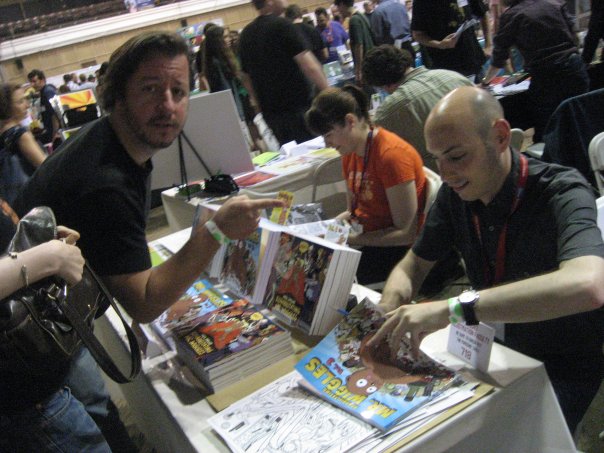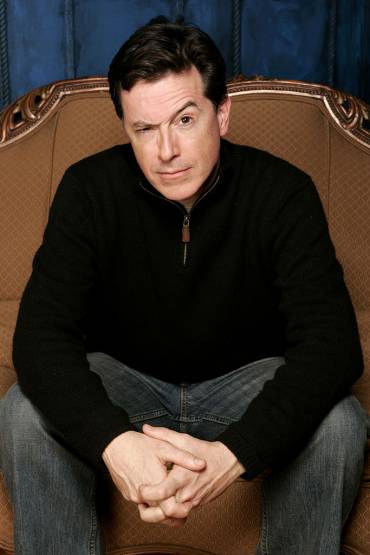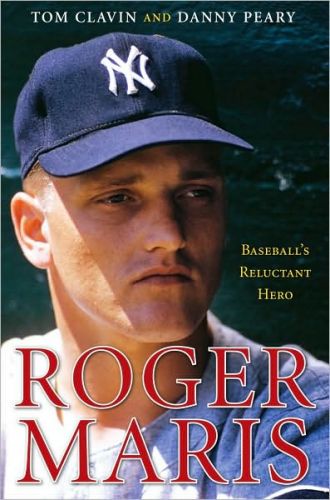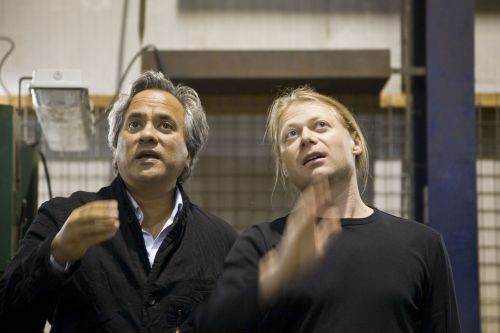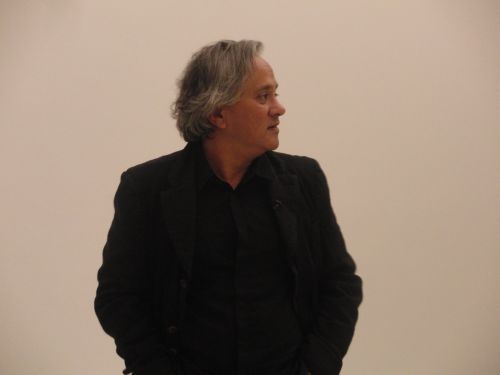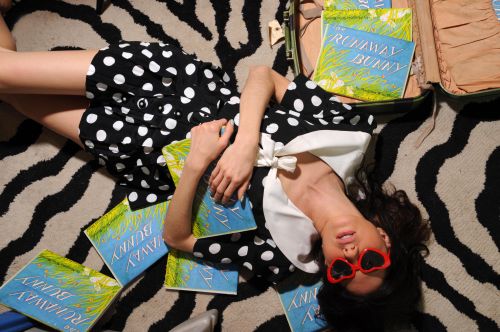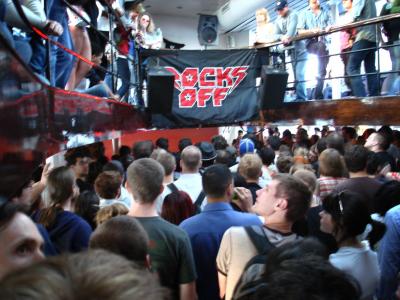
Three-hour cruise includes great live bands and DJs and awesome views
ROCKS OFF CONCERT CRUISES
The Jewel, the Paddlewheel Queen, the Half Moon, Skyport Marina, East 23rd St. & the FDR Dr.
The Temptress, World Yacht Marina, Pier 81, West 41st St. & the West Side Highway
April 8 – September 24, $10-$35
www.rocksoff.com
Jake Szufnarowski is a soft-spoken, mild-mannered Bee Gees fan who has been organizing pleasant concert cruises in New York City for ten years now. Well, um, strike that. Szuf Daddy is actually a hard-rockin’ crazy-ass tattooed mutha who’s been throwin’ wild parties for a decade on the Hudson and East Rivers while blasting away in a heavy metal tribute to the brothers Gibb.
Szufnarowski is celebrating the tenth anniversary of Rocks Off Concert Cruises, three-hour musical journeys on the rivers surrounding Manhattan during which fans are encouraged to party hard, fast, and long. This year’s stellar lineup kicks off on April 8 with Nashville Pussy and includes what should be amazing shows with Dam-Funk (April 24), Playboys of the Western World (June 5), jam band Railroad Earth (June 17), Ninja Tune DJ extraordinaire Mr. Scruff (July 2), cruise veterans the Electric Six (July 15), and one of the best live bands on the planet, the Black Lips (August 2), among many others. Earlier this week, Szufnarowski took a break from his studies to address a few questions about tribute bands, tattoos, and rolling on the river.
twi-ny: Many people are tentative to catch a show on a boat because they’re trapped — once they’re on, there’s no way off until the boat docks at the end of the night. What do you tell those people?
Jake Szufnarowski: Thankfully we thought of that!! We have dingys that depart the main boat every half an hour and take you on a scenic tour of the Gowanus Canal before dropping you off in “Do or Die” Bed-Stuy. Then you find your own way home from there. Or you can just stay on the boat. All of our boats are multilevel — so if you want to get away from the band, you can. And all the boats have outdoor decks to soak in the sun and get unobstructed views of the most beautiful city and skyline in the world. If you’re afraid that you can’t enjoy yourself on a boat full of bands, booze, and babes for three hours, then you should probably stay home and post snide comments on Brooklyn Vegan making fun of people who actually know how to enjoy themselves. Then you can dine on a fat, meaty GoFuckYourself sandwich!
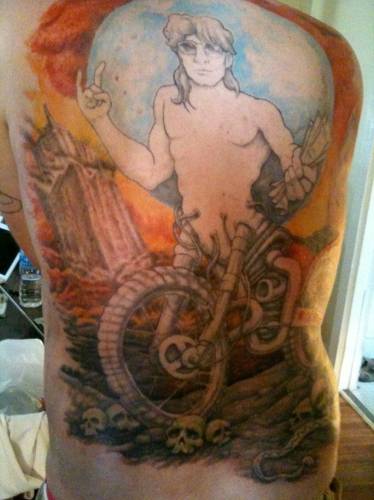
Szuf Daddy shows off massive tattoo that took a year to complete
twi-ny: You’re in a tribute band, and the new Rocks Off season includes a bunch of tribute bands as well as the next edition of Tribute Wars. What separates a good tribute band from a bad tribute band?
JS: I’m in a tribute band? Fuck me. Is that why I’m not making any money on publishing? I guess that’s why I have to put on all these boat shows. For the money. And the [women]! Sweet sweet [women]! Tribute bands are like regular bands — 95% of ’em suck. Mine happens to be the best. If we tried to be the Bee Gees, we’d suck. But we’re TRAGEDY: THE NUMBER ONE HEAVY METAL TRIBUTE TO THE BEE GEES IN THE TRISTATE AREA!!!!!! We Rocks Sweet Balls and Can Do No Wrong.
twi-ny: Among your many tattoos is the logo for another band you’re in, Children of the Unicorn, in which a unicorn is doing it to a dolphin, and a recently completed tatt based on a Glenn Hidalgo painting. Assuming you have any room left on your body, what’s next?
JS: Yeah — that’s an awesome original band I’m in. But they aren’t doing it, you pervert. The title of that piece is “The Embrace.” It was a tattoo before we were a band, though. The Glenn Hidalgo painting was something I commissioned for my thirtieth birthday. It’s me as half-man / half-motorcycle — a motaur — in front of a postapocalyptic scene of NYC. That tattoo took seven sessions of six hours each over the course of an entire year to complete. So not sure I’m going to get anything too big too soon. Recent awesome tats have been a Yankees logo after the World Series win, an autograph of pro wrestling legend Terry Funk, a hot pink GFY (which stands for GoFuckYourself — due to the sudden popularity of the Facebook page I started). Next up, though, I’m getting my whole chest done. It’s going to be the reverse view of the motaur — if 3D is the new direction of the film industry, then I’m going to pioneer it in the tattoo world!!!
